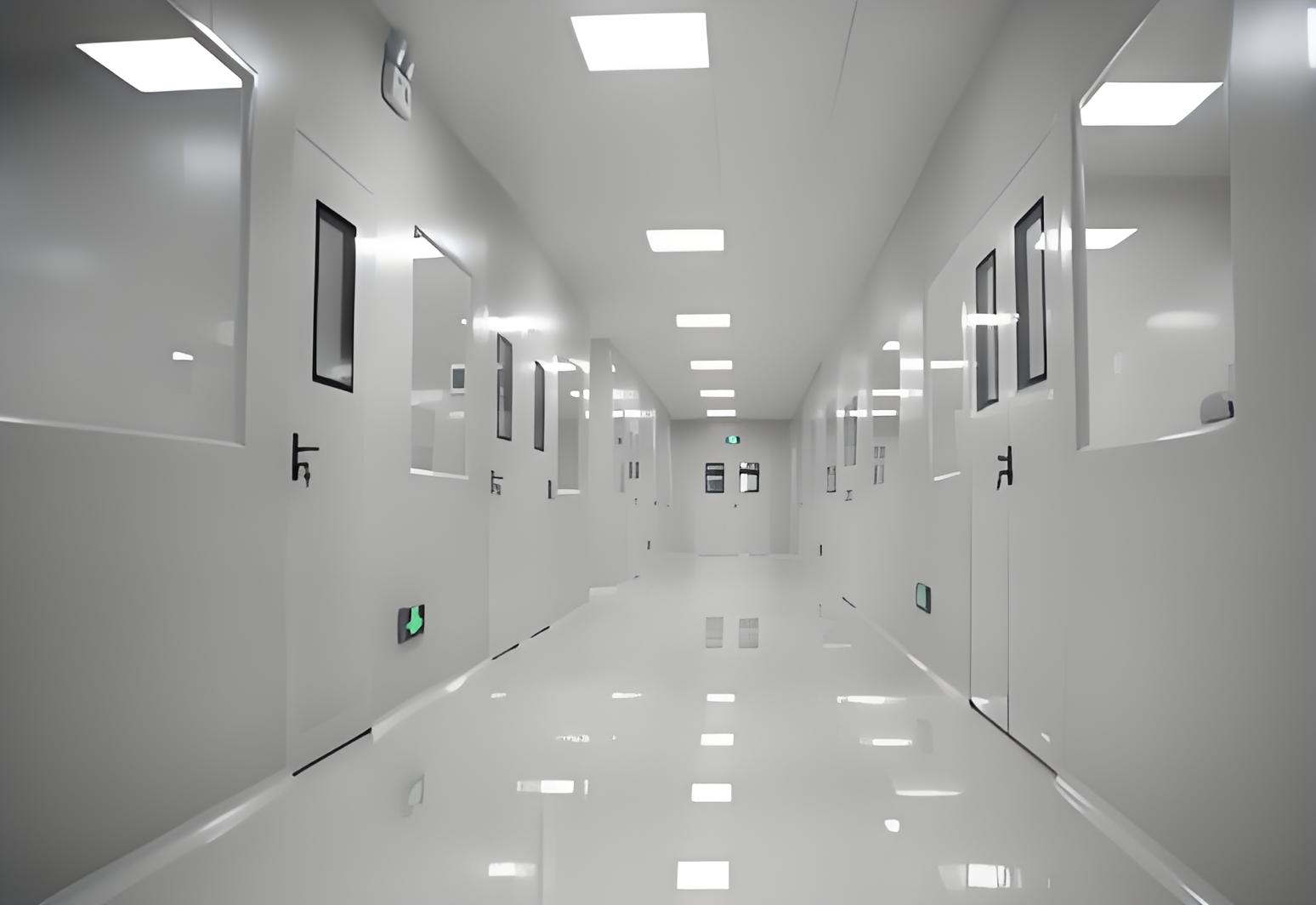
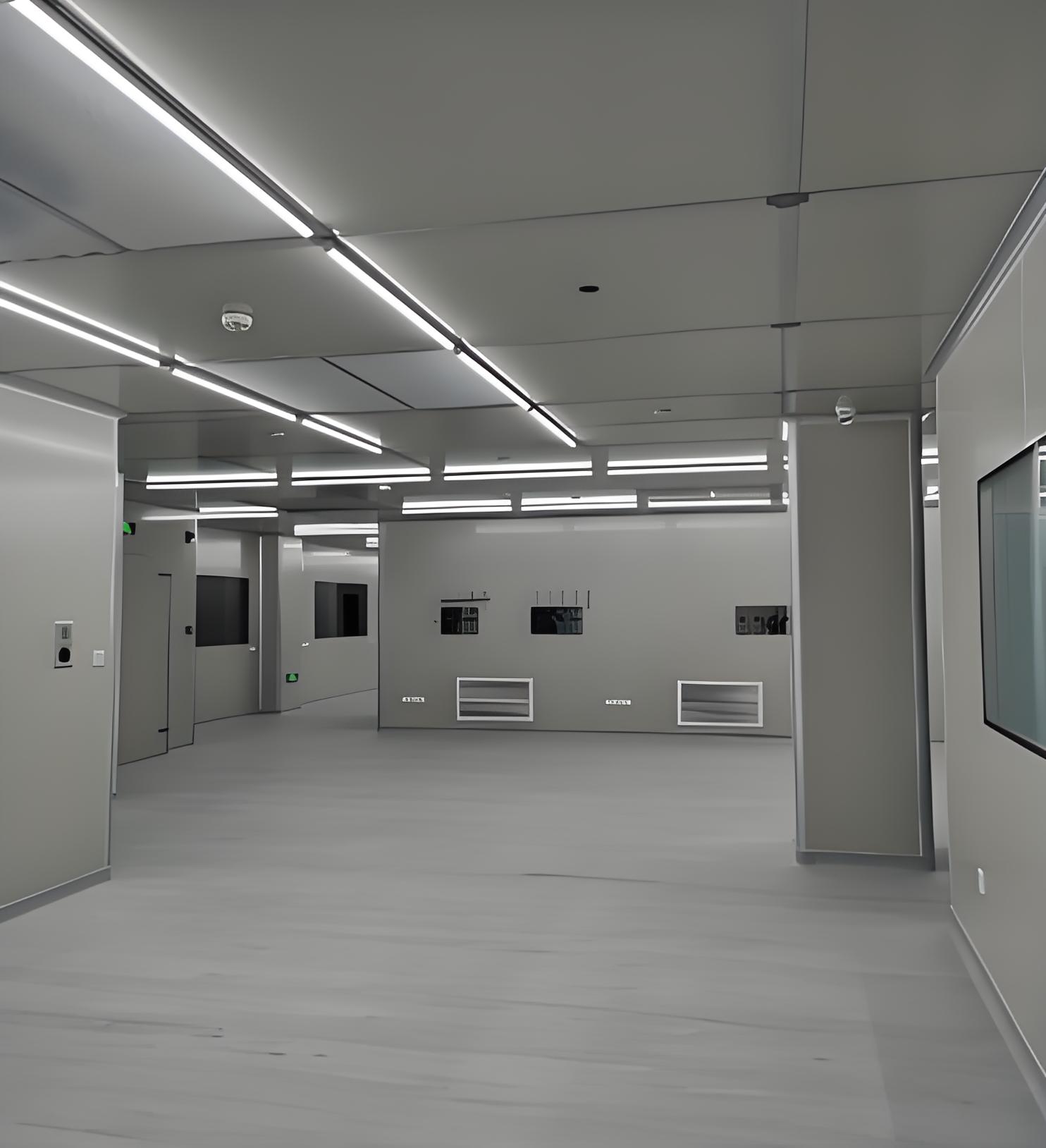
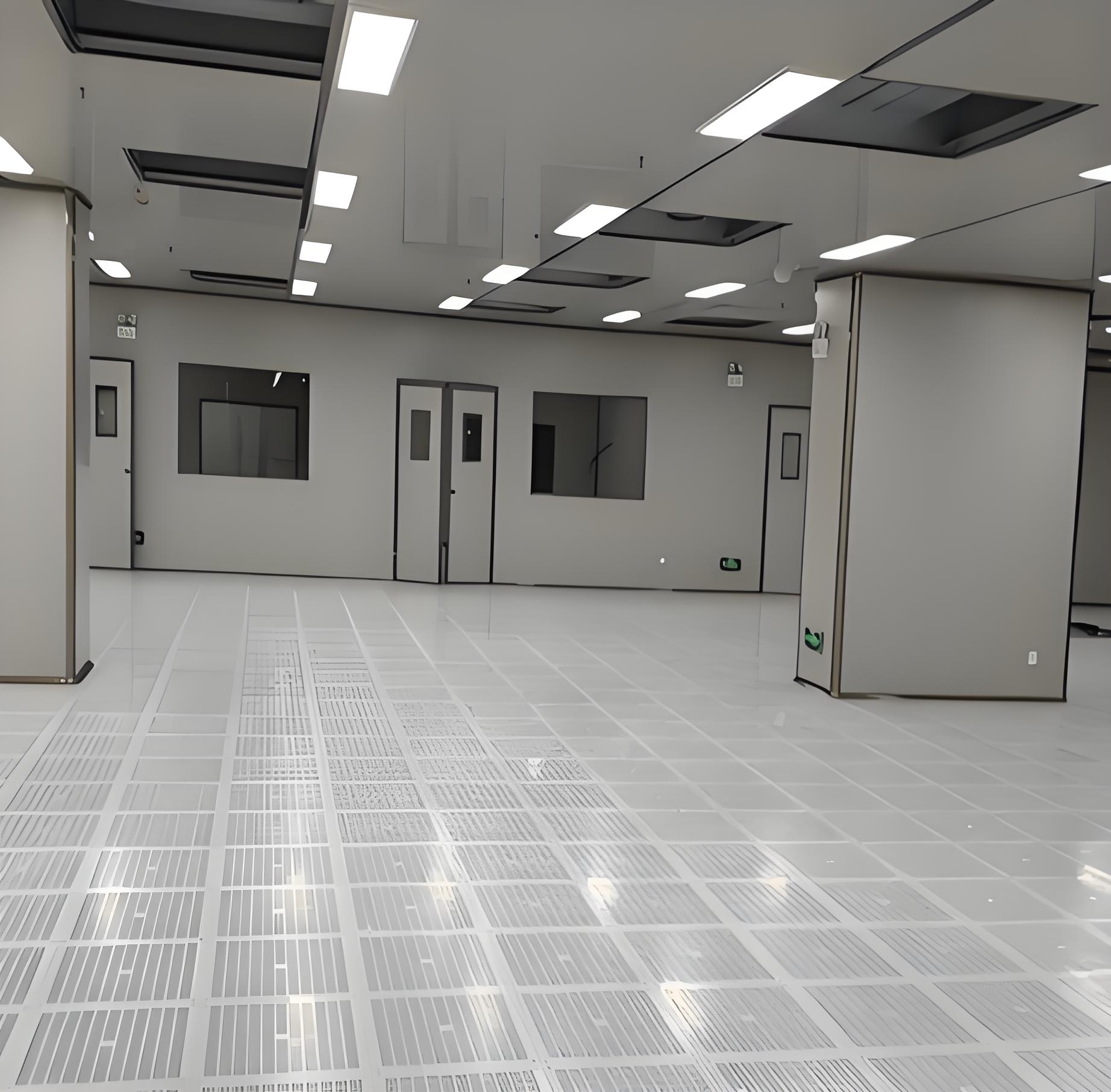


Clean room contamination control is a critical aspect of maintaining sterile environments in industries like pharmaceuticals, biotechnology, electronics manufacturing, and healthcare. Without effective clean room contamination control measures, even minor particles or microorganisms can compromise product quality, lead to costly recalls, or pose health risks. This article delves into the core components of clean room contamination control, including cleanroom engineering protocols and procedures, cleanroom air shower operation, and cleanroom cleaning procedure. By understanding and implementing these elements, organizations can achieve optimal safety, compliance, and operational efficiency. Whether you're setting up a new facility or refining existing processes, this comprehensive overview will provide actionable insights to enhance your contamination management strategies.
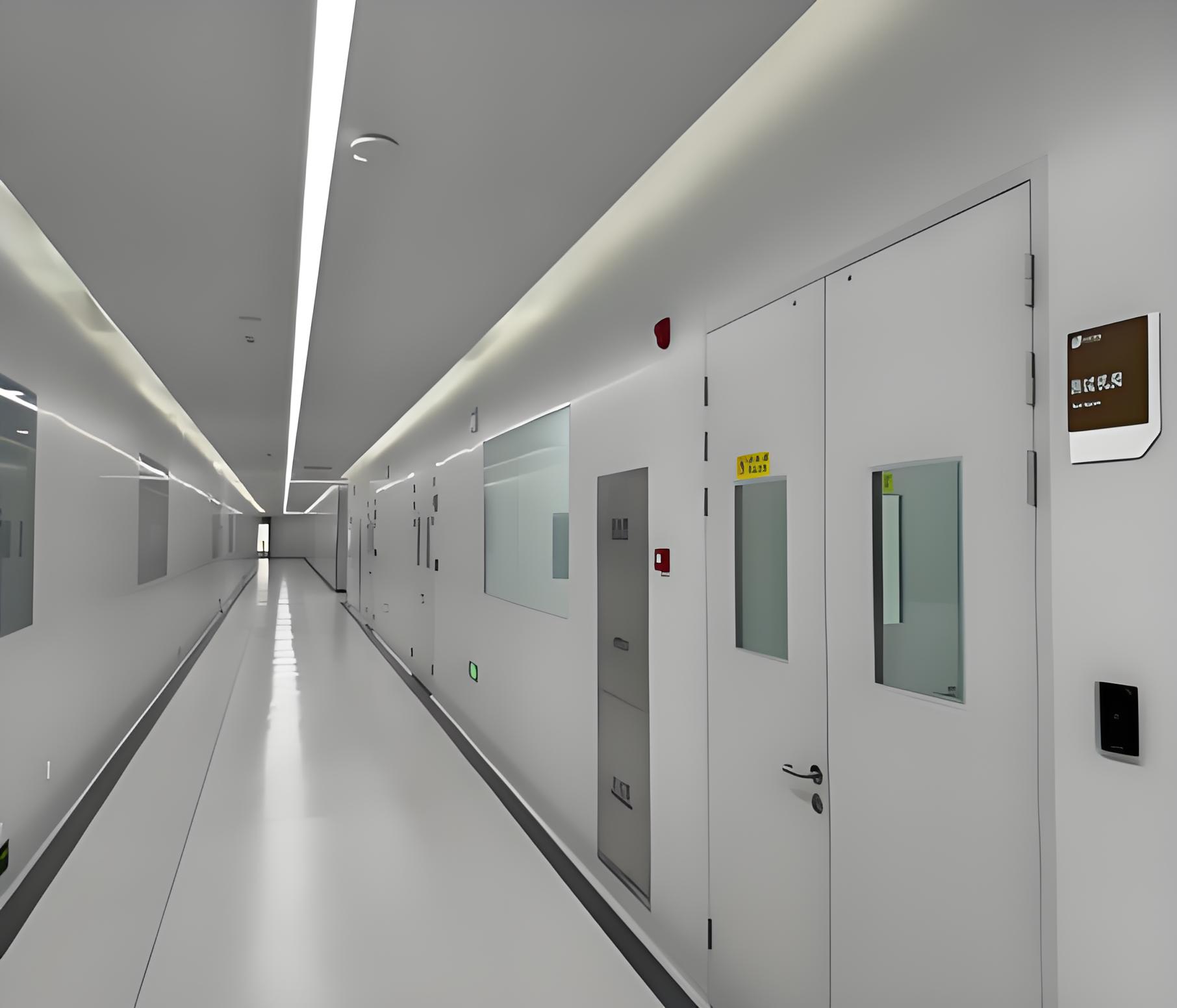
Clean room contamination control involves systematic approaches to minimize the introduction, generation, and retention of contaminants in controlled environments. Contaminants can include dust, microbes, aerosols, and chemical vapors, which are classified based on particle size and concentration according to standards like ISO 14644. Effective clean room contamination control starts with a holistic strategy that integrates design, operational protocols, and regular maintenance. The goal is to maintain specified cleanliness levels, often measured in particles per cubic meter, to ensure product integrity and personnel safety. Key factors influencing contamination include airflow patterns, filtration systems, material handling, and human activity. By prioritizing clean room contamination control, businesses can reduce downtime, improve yield, and meet regulatory requirements from agencies such as the FDA or EMA. This foundation sets the stage for exploring specific engineering and procedural elements that form the backbone of any robust contamination control program.
Cleanroom engineering protocols and procedures form the structural basis for effective contamination control. These encompass the design, construction, and ongoing management of clean rooms to prevent contaminants from entering or spreading. A well-engineered clean room incorporates features like high-efficiency particulate air (HEPA) or ultra-low penetration air (ULPA) filters, which remove up to 99.99% of particles from the air. Additionally, cleanroom engineering protocols and procedures dictate the use of smooth, non-porous surfaces for walls, floors, and ceilings to facilitate easy cleaning and minimize particle accumulation.
Pressure differentials are another critical aspect of cleanroom engineering protocols and procedures. By maintaining higher pressure in cleaner areas relative to adjacent spaces, airflow is directed outward, preventing contaminants from infiltrating sensitive zones. This is often achieved through sophisticated HVAC systems that control temperature, humidity, and air changes per hour (ACH). For instance, in ISO Class 5 environments, ACH rates can exceed 200, ensuring continuous air purification.
Material selection is integral to cleanroom engineering protocols and procedures. All components, from furniture to tools, must be made of low-shedding materials like stainless steel or specialized plastics. Protocols also include rigorous validation and certification processes, such as particle counting and airflow visualization tests, to verify that the clean room performs as intended. Regular audits and updates to cleanroom engineering protocols and procedures help adapt to evolving industry standards and technological advancements, ensuring long-term reliability in clean room contamination control.
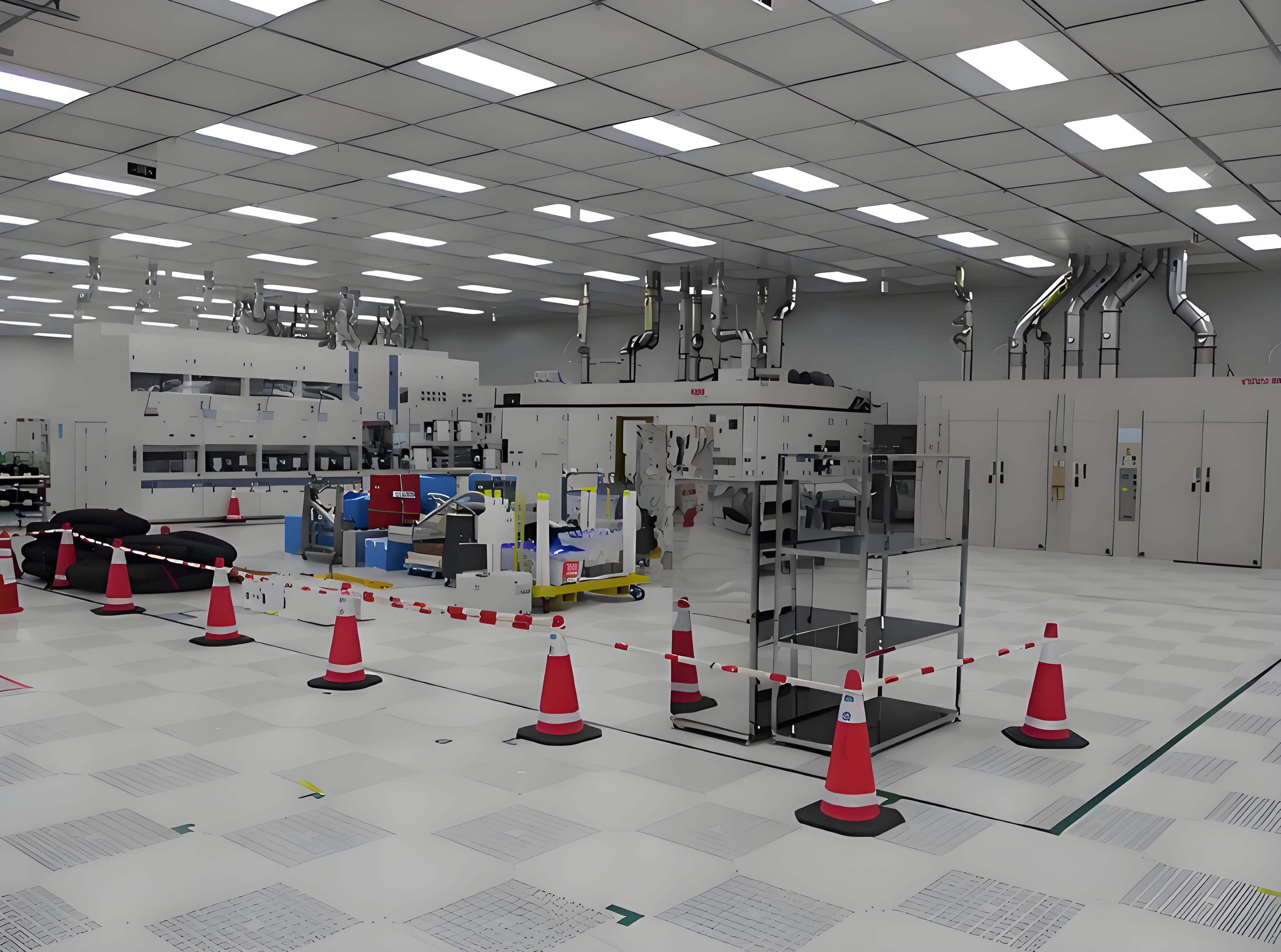
Cleanroom air shower operation is a vital procedure for reducing particulate contamination introduced by personnel before they enter critical areas. An air shower is an enclosed chamber located at clean room entry points, designed to blow high-velocity, filtered air over individuals to dislodge and remove contaminants from their clothing and skin. Proper cleanroom air shower operation involves a series of steps to maximize effectiveness and maintain cleanliness standards.
First, personnel must don appropriate clean room attire, such as gowns, gloves, and hair covers, before approaching the air shower. Upon entering the chamber, the door seals automatically, and sensors activate the air jets. The cleanroom air shower operation typically lasts 15-30 seconds, during which HEPA-filtered air is directed from multiple nozzles to ensure thorough decontamination. It's essential for users to rotate slowly, raising arms and moving to expose all surfaces to the airflow.
Maintenance is a key component of reliable cleanroom air shower operation. Filters should be replaced periodically based on usage and environmental conditions, and the chamber interior must be cleaned regularly to prevent particle buildup. Additionally, training personnel on correct cleanroom air shower operation—such as avoiding rushed cycles or improper attire—enhances overall contamination control. Integrating cleanroom air shower operation into broader clean room contamination control protocols ensures that human-borne contaminants are minimized, supporting a sterile environment. This procedure not only protects sensitive processes but also reinforces a culture of cleanliness and discipline among staff.
A meticulous cleanroom cleaning procedure is indispensable for sustaining contamination control over time. This process involves regular and systematic cleaning of all surfaces, equipment, and tools within the clean room to eliminate residues and particles. The cleanroom cleaning procedure should be documented, validated, and followed strictly to prevent deviations that could lead to contamination events.
The cleanroom cleaning procedure typically begins with pre-cleaning preparations, such as gathering approved cleaning agents, wipes, and mops that are low-lint and sterile. Cleaning solutions are often isopropyl alcohol or specialized disinfectants that are effective yet non-residue-forming. Personnel must be fully gowned in clean room attire to avoid introducing contaminants during the cleaning process. The actual cleanroom cleaning procedure follows a top-down approach: starting from ceilings and walls, moving to equipment, and finishing with floors. This prevents dislodged particles from settling on already cleaned surfaces.
Frequency is a critical factor in the cleanroom cleaning procedure. High-traffic areas may require daily cleaning, while less critical zones might be addressed weekly. Additionally, the cleanroom cleaning procedure includes post-cleaning verification through surface sampling and particle monitoring to ensure effectiveness. Incorporating this into overall clean room contamination control strategies helps maintain consistent cleanliness levels. Training staff on the nuances of the cleanroom cleaning procedure—such as proper wiping techniques and material compatibility—fosters a proactive approach to contamination prevention, reducing risks in sensitive operations.
Integrating Protocols for Comprehensive Contamination Control
To achieve optimal clean room contamination control, it's essential to integrate cleanroom engineering protocols and procedures, cleanroom air shower operation, and cleanroom cleaning procedure into a cohesive system. This holistic approach ensures that all aspects of contamination are addressed, from design and entry to daily maintenance. For example, well-defined cleanroom engineering protocols and procedures establish the physical barriers and airflow needed to contain contaminants, while effective cleanroom air shower operation acts as a frontline defense against human-borne particles. Meanwhile, a rigorous cleanroom cleaning procedure maintains the internal environment over time.
Best practices include conducting regular risk assessments to identify potential contamination sources and updating protocols accordingly. Training and certification programs for personnel reinforce the importance of adherence to these measures. Monitoring tools, such as real-time particle counters and microbial samplers, provide data to fine-tune clean room contamination control efforts. By aligning these elements, organizations can create a resilient contamination control framework that adapts to changes in production volumes, regulatory requirements, or environmental conditions. This integration not only enhances compliance but also boosts operational efficiency and product quality, making clean room contamination control a cornerstone of successful facility management.
Q1: What is the primary goal of clean room contamination control?
A1: The primary goal of clean room contamination control is to minimize and manage the presence of contaminants, such as particles, microbes, and chemicals, in controlled environments. This ensures product quality, safety, and compliance with industry standards, particularly in sectors like pharmaceuticals and electronics where even minor impurities can lead to significant issues.
Q2: How often should cleanroom engineering protocols and procedures be reviewed?
A2: Cleanroom engineering protocols and procedures should be reviewed at least annually or whenever there are changes in facility layout, equipment, or regulatory standards. Regular audits and performance monitoring help identify areas for improvement, ensuring that the protocols remain effective in maintaining clean room contamination control.
Q3: Why is cleanroom air shower operation important for contamination prevention?
A3: Cleanroom air shower operation is crucial because it removes particles from personnel before they enter clean areas, reducing the risk of human-borne contamination. This step is especially vital in high-classification clean rooms where even small particles can disrupt processes, making it a key component of overall clean room contamination control.
Q4: What are common mistakes to avoid in a cleanroom cleaning procedure?
A4: Common mistakes in a cleanroom cleaning procedure include using non-approved cleaning agents that leave residues, skipping sections during cleaning, and not following the top-down approach. Additionally, inadequate training or rushing the process can compromise effectiveness, undermining clean room contamination control efforts.
Q5: How can I measure the effectiveness of my clean room contamination control program?
A5: Effectiveness can be measured through regular testing, such as particle counting, microbial monitoring, and surface sampling. Tracking key performance indicators like contamination incident rates and compliance with cleanroom engineering protocols and procedures also provides insights. Continuous improvement based on data ensures that clean room contamination control remains robust over time.